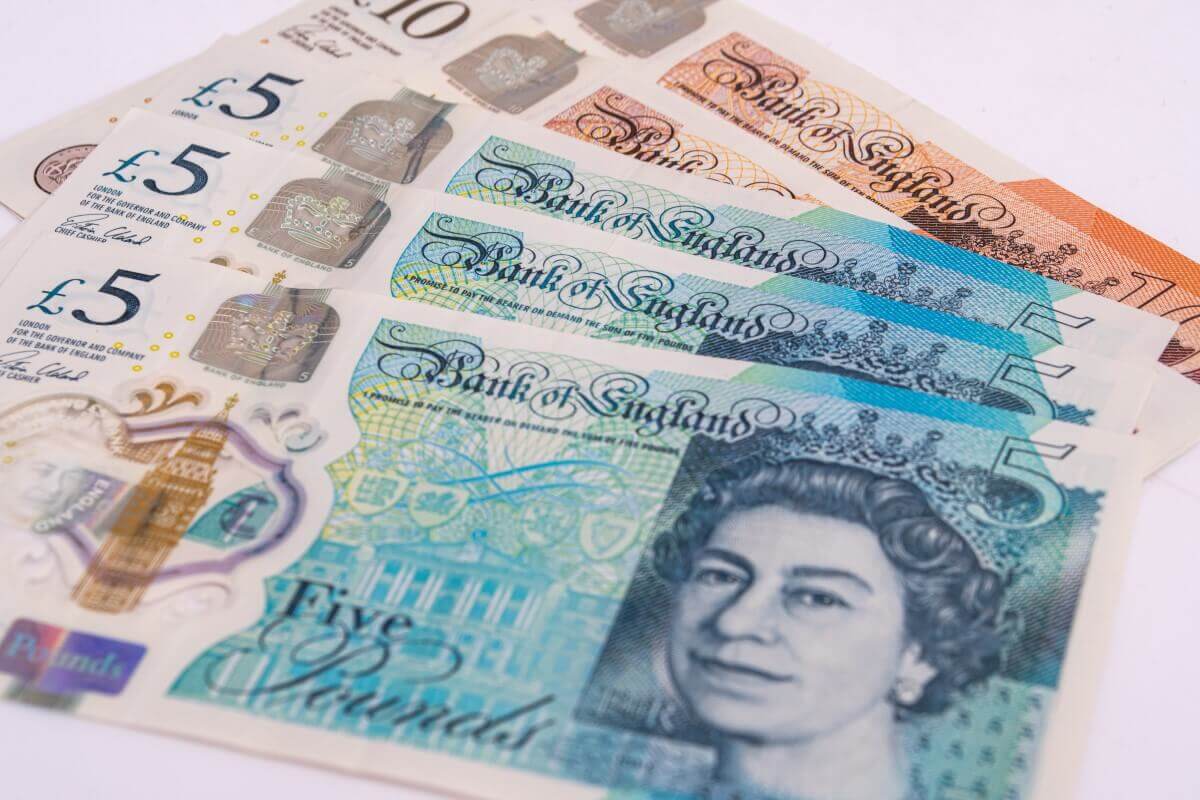The U.S. dollar traded near its highest level in over a year against the Euro. It also remained close to a five-year peak versus the Japanese yen. Buoyed by solid U.S. data, Federal Reserve policymakers were hawkish while the central banks maintained more dovish monetary outlooks in Europe and Japan.
The dollar index declined by 0.1% to 96.733 against the basket of six major peers. However, it was still within touching distance of Wednesday’s high at 96.938. That is the strongest level the index has reached since July 2020.
Overall, the dollar has soared by 2.77% this month as investors bet that rising inflation would force earlier interest rate hikes than Fed officials had hinted. The forex market is priced for a first quarter-point hike by June. There are strong odds that it could be delivered as soon as May.
The head of research at brokerage Pepperstone in Melbourne, Chris Weston, noted that the greenback is in beast mode. It just doesn’t want to go down. However, he also warned that when things get too over-loved, the ship can often tip.
On Wednesday, minutes of the central bank’s November 2-3 policy meeting showed that several policymakers claimed they would be open to speed up the taper of their bond-buying program and move more quickly to raise interest rates if high inflation held.
In addition, new readings on consumer spending and the labor market outstripped analysts’ estimates while inflation continued to surge higher.
How will the Fed act?
San Francisco Fed President Mary Daly noted that she could see a case being made to speed up the agency’s tapering of its bond purchases.
Meanwhile, Tapas Strickland, a director of economics at National Australia Bank, said that the American economy retained its titanium status. Moreover, slightly hawkish comments from the normally dovish Daly helped to lift the greenback.
The U.S. dollar changed slightly at 115.355 yen. It traded close to the overnight peak of 115.525, a level last seen in January 2017.
On the other hand, the Euro soared by 0.13% to $1.1215 at last. Despite that, the common currency stayed within sight of the almost 17-month low of $1.1186 reached on Wednesday. German business confidence dropped for a fifth straight month, pushing the Euro in the red.
On Thursday, the U.S. calendar is mostly empty due to the Thanksgiving holiday. However, minutes from the European Central Bank’s last meeting are due for release today.
At October 28’s meeting, the monetary authority left policy unchanged. We had discussed inflation, and at last, we had stuck to the view that inflationary forces will prove transitory – noted ECB President Christine Lagarde. She plans to give a speech at an ECB legal conference later today, at which board members Edouard Fernandez-Bollo and Frank Elderson will also participate.
How did the British Pound fare?
The Sterling rallied by 0.14% to $1.33465 after plunging as low as $1.3317 on Wednesday for the first time in 11 months.
Market players remain focused on whether the Bank of England will raise rates on December 16. The bank wrong-footed many traders when it kept policy steady at record lows at the start of this month after its governor Andrew Bailey had commented in October that policymakers would have to act to head off inflation. Bailey is also planning to speak at Cambridge University later today.
In Asia, the risk-sensitive Aussie dollar surged forward by 0.06% to $0.7201, remaining near Wednesday’s low of $0.7185. On the other hand, the New Zealand dollar changed slightly at $0.6870. It traded near the three-month low of $0.6856 hit during the previous session. The country’s Reserve Bank increased the key rate by a quarter of a percentage point to 0.75%, disappointing traders hoping for a half-point increase.
Most emerging market currencies strengthened on Thursday, while stocks also managed to break a six-session losing run. Turkey’s Lira rebounded today, soaring by 0.5%. It extended Wednesday’s gains which came after a brutal 11-day losing streak. The Lira had lost 24% during that period, hitting record lows of 13.45 against the U.S. currency.
Mexico’s peso also gained 0.1% after plunging to eight-month lows on Wednesday. Leftist Mexican President Andres Manuel Lopez Obrador unexpectedly changed his nomination for central bank chief to a close ally, deputy finance minister Victoria Rodriguez.










